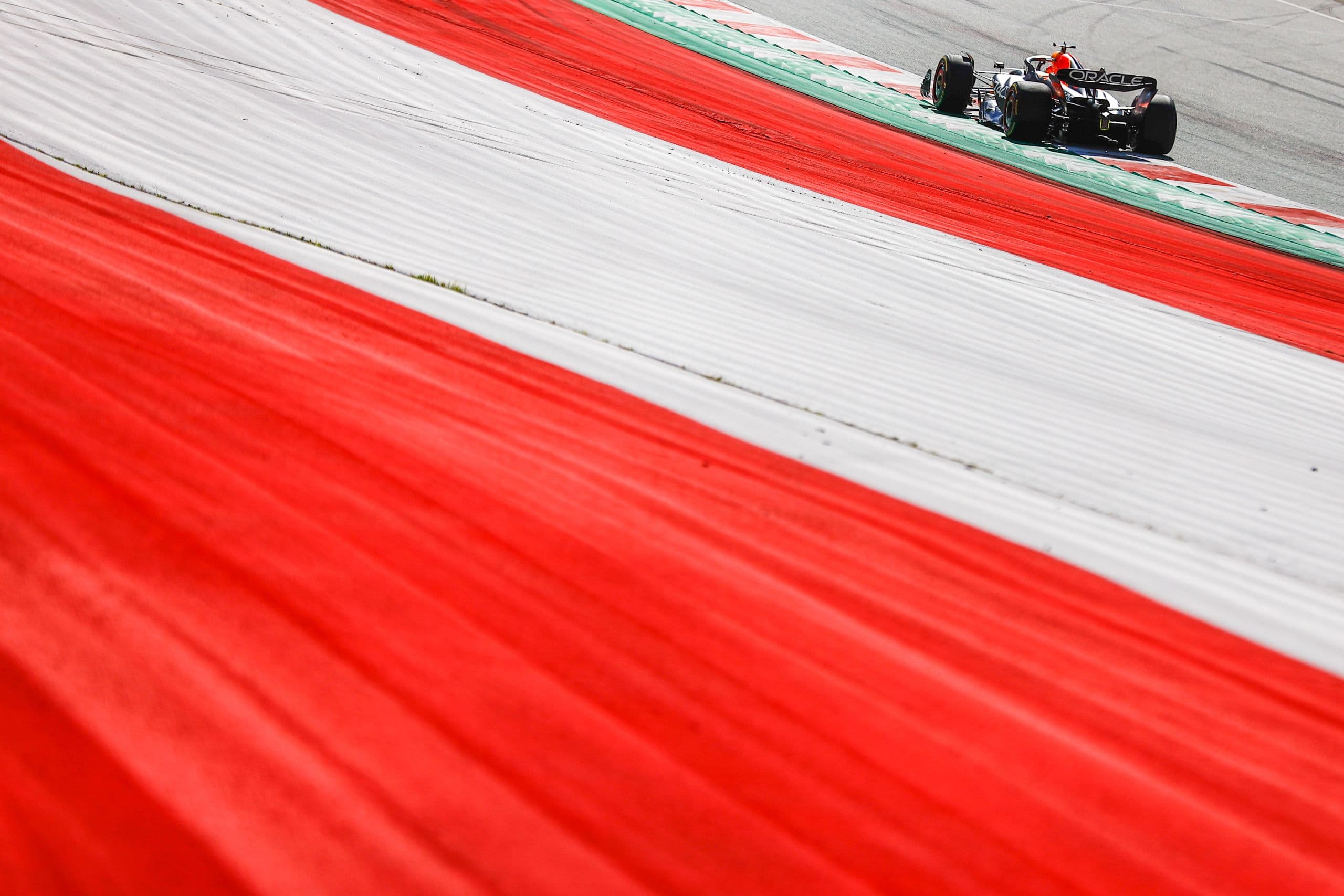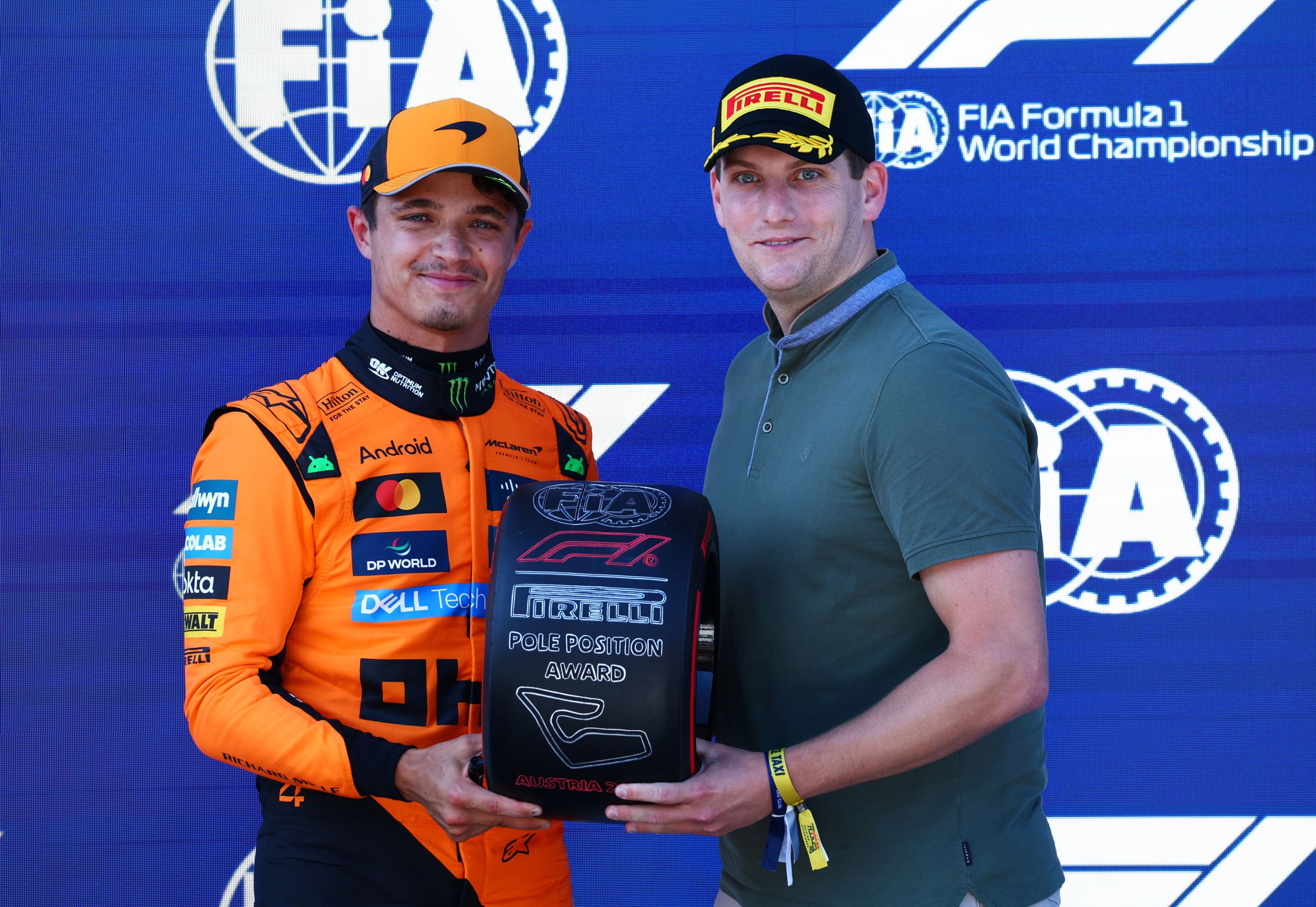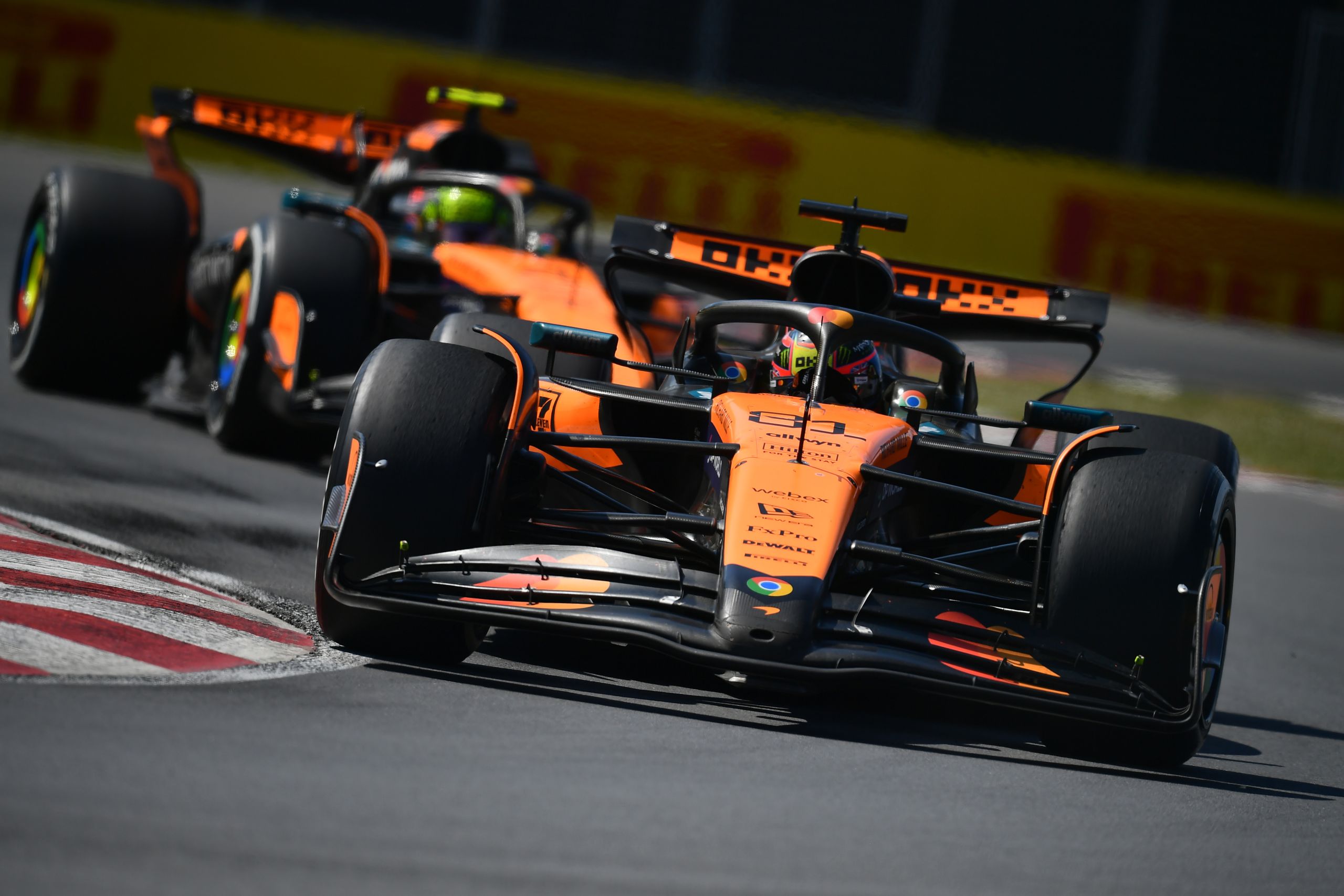Important Lessons from Sustainable Fuel Development in F2 and F3 Ahead of 2026
Innovation in Formula 1 extends beyond car design, with sustainable fuels becoming a critical focus as the sport prepares for significant regulation changes in 2026. The fuels set to power Formula 1 next season are already in use in the FIA Formula 2 and Formula 3 Championships, serving as essential testbeds for this transformative technology.
Time to Follow Suit With Sustainable Fuel
In partnership with Aramco, the Advanced Sustainable Fuel used in both F2 and F3 has achieved a milestone, with all 52 cars running on 100% sustainable fuel. This represents a significant advance in fuel technology, one that has exceeded initial expectations. Bruno Michel, CEO of Formula 2 and 3, highlighted this progress:
“It’s been going very, very well. We started this partnership with Aramco a few years ago, started with a 55% sustainable fuel, and it was part of the plan to make sure we were arriving at 100% normally in 2026. But because of the fantastic job Aramco has been doing, we’ve been able to anticipate it and do it this season, which has been a great thing.”
The use of F2 and F3 as testing grounds is not new. For example, the introduction of the larger 18-inch Pirelli tyres in F2 in 2020 paved the way for their adoption in Formula 1 from 2022. Similarly, Aramco’s 100% Advanced Sustainable Fuels are designed as ‘drop-in’ fuels. These fuels are chemically identical to conventional fuels, allowing compatibility with existing engines and power units without major modifications, while also reducing CO2 emissions.
Nikolas Tombazis, FIA Director of Single Seaters, emphasized the relevance of the work in F2 for Formula 1’s upcoming transition:
“Making sure the performance is fairly similar in Formula 2 is an important first step. The fact that the fuel is drop-in fuel is important. In addition, there are some relatively minor aspects related to reliability, fuel tanks and stuff like that, maybe there’s some small chemical differences. It’s important to check to make sure we don’t have any issues on the cars. These lessons Formula 2 are learning, I think, are taken note of for Formula 1. So that’s important.”
Crucially, the introduction of sustainable fuels in F2 and F3 has not compromised performance. Pierre-Alain Michot, Technical Director for both categories, praised the successful collaboration with engine partner Mecachrome and Aramco:
“The clear target was to have no impact on performance and for Mecachrome, our engine partner, to make sure that the engine was as reliable as before. We worked quite hard with Mecachrome and Aramco to make sure that we could define a good formula for this fuel. We tested several different fuels, did a lot of mileage on the dyno and in the development car before releasing it on the track and on 52 cars. It proved to be quite successful, the performance is there, the reliability is there, so we just need to continue on this path.”
Beyond performance, the sustainability of the entire fuel production process remains a key priority. Michot explained that Aramco is ensuring the full life cycle of the fuel is environmentally responsible:
“When we speak about sustainable fuels, we need to make sure that the full life cycle of the production remains sustainable. Aramco is working that out as well, to make sure that the energy needed to produce this sustainable and synthetic fuel comes from sustainable energy as well. That’s part of the journey, and they are making sure that the full cycle [of producing the fuel] is sustainable and not just the final product. That’s one of the main targets and the biggest challenge to achieve that.”
He added, “Aramco are working really hard to build more plants to make sure they can produce sustainable fuel at a wider range. For now, it’s quite a niche market but the aim is to make it for mass market. We do that by going step-by-step and they are working out how to make it happen in the near future.”
Looking ahead, both F2 and F3 will continue to use Aramco’s 100% Advanced Sustainable Fuels, while preparing to adopt fully synthetic fuels in the future. Bruno Michel confirmed:
“The next step is synthetic fuel. That’s the next step in our development programme with Aramco and we are still working with them on that flat out at the moment. Using sustainable fuel has not increased the cost of seasons in Formula 2 or Formula 3. Aramco is supplying this fuel free of charge to the teams. So instead of increasing costs, it’s diminished the cost of the season.”
Tombazis reflected on the broader significance of these developments for Formula 1:
“It’s quite an interesting and complicated process. Of course, in Formula 1, we are delighted in the FIA there’s an opening grant from Formula 2 with Aramco and we’re very respectful of this process. That’s the additional challenge in Formula 1, and I think it’s very useful that these initial steps taken in the lower categories. I think we’ll complete the picture next year when Formula 1 makes this big step.”
The ongoing development of sustainable fuels in F2 and F3 not only prepares Formula 1 for its 2026 transition but also holds promise for wider automotive applications.





